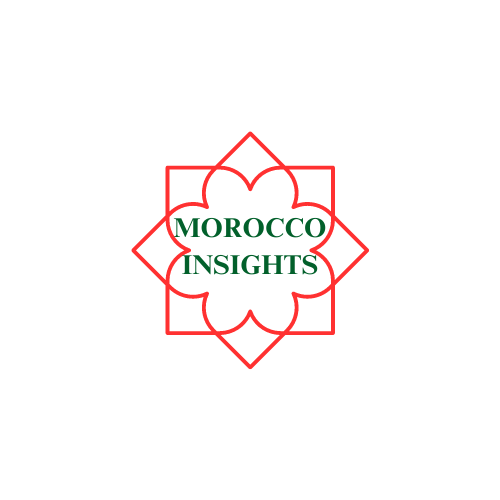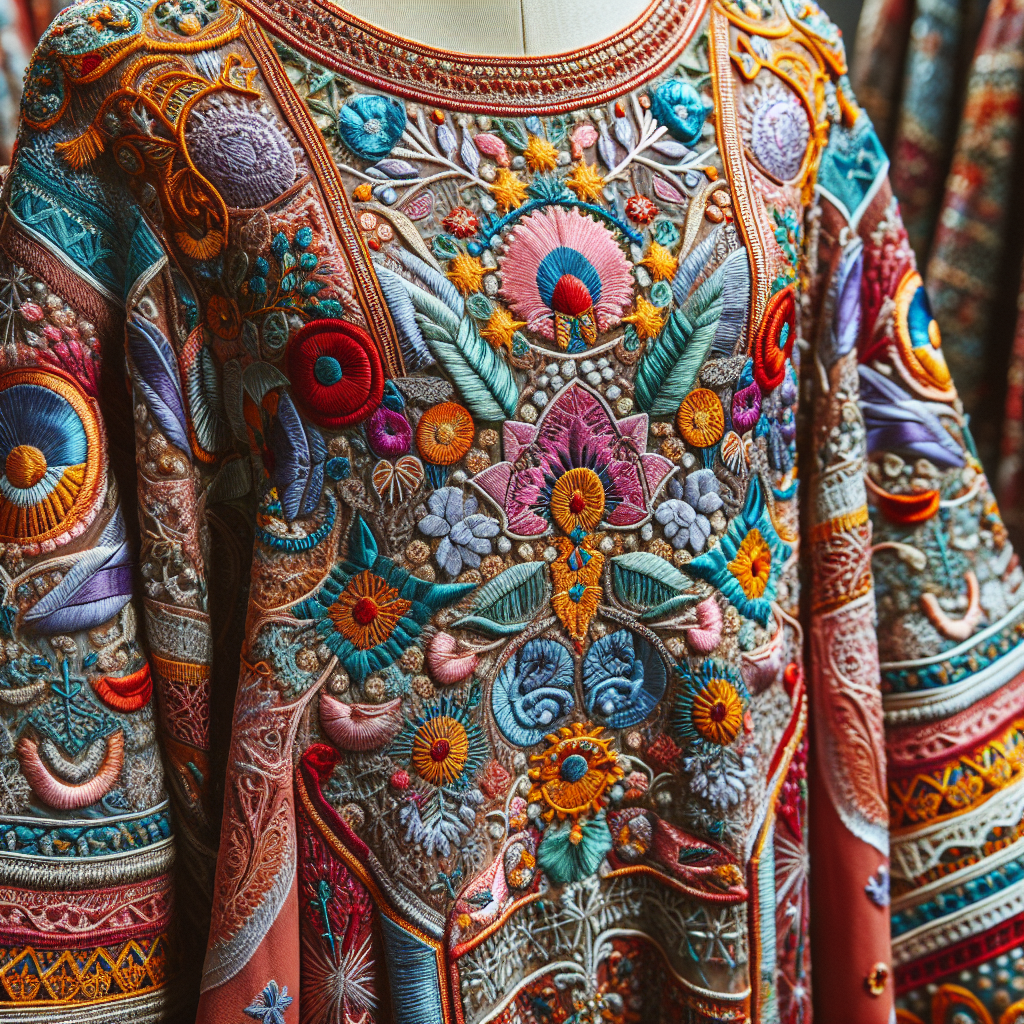In the captivating world of Moroccan fashion, storytelling takes center stage. Moroccan fashion designers weave narratives into their collections, blending history, culture, and personal experiences to create unique and meaningful pieces. By incorporating traditional techniques, patterns, and motifs, these designers breathe life into their designs, giving them a voice that speaks of the country’s rich heritage and diverse influences. Through their creations, Moroccan fashion designers capture the essence of Moroccan culture, promoting sustainable and ethical fashion while sparking a global conversation about craftsmanship and community. Join us as we explore how these talented designers use storytelling to create fashion that transcends mere clothing and becomes a vibrant tapestry of artistry and cultural pride.
Introduction
Welcome to a comprehensive article on the importance of storytelling in fashion, specifically focusing on Moroccan fashion. Moroccan fashion is a vibrant tapestry of color, tradition, and modernity that showcases the country’s rich cultural heritage and its dynamic presence on the global stage. In this article, we will explore how Moroccan fashion designers use storytelling techniques to connect with culture and traditions, embody personal narratives, convey social and political messages, explore historical and mythological references, showcase cultural diversity and global connections, create fashion as art, and engage with sustainability and ethical fashion.
The Importance of Storytelling in Fashion
Storytelling plays a crucial role in the world of fashion, as it allows designers to go beyond creating garments and enables them to communicate ideas, emotions, and values. Fashion is more than just an aesthetic expression; it is a form of storytelling that reflects the identity and experiences of both the designer and the wearer. By incorporating storytelling into their collections, Moroccan fashion designers add depth, meaning, and cultural significance to their designs, creating a powerful connection with their audience.
1. Connecting with the Culture and Traditions
1.1 Embracing Moroccan Heritage
Moroccan fashion designers recognize the importance of embracing their country’s rich heritage. They draw inspiration from Moroccan culture, traditions, and craftsmanship to create unique and authentic pieces. By paying homage to their roots, they keep the cultural legacy alive and showcase the beauty and intricacies of Moroccan design.
1.2 Incorporating Traditional Elements
Storytelling in Moroccan fashion often involves incorporating traditional elements into modern designs. For example, designers may integrate traditional fabrics, patterns, and techniques into contemporary silhouettes. This fusion of the old and the new not only celebrates Moroccan traditions but also brings a sense of timelessness and cultural pride to the fashion industry.
2. Embodying Personal Narratives
2.1 Expressing Identity and Individuality
Moroccan fashion designers use storytelling techniques to express their own identities and individuality through their collections. They infuse their personal experiences, cultural backgrounds, and unique perspectives into their designs, allowing their creations to speak authentically and resonate with others who may share similar experiences.
2.2 Sharing Personal Experiences
Beyond expressing their individuality, Moroccan fashion designers use storytelling to share personal experiences that hold social, cultural, or political relevance. By infusing their designs with narrative elements, they create a platform for dialogue and understanding, opening up conversations about various issues and challenges faced by Moroccan society and beyond.
3. Conveying Social and Political Messages
3.1 Addressing Societal Issues
Moroccan fashion designers are not afraid to address societal issues through their collections. They use storytelling to shed light on prevailing social issues such as gender equality, cultural diversity, and human rights. By using fashion as a medium for social commentary, they contribute to important conversations and spark positive change within their communities and beyond.
3.2 Advocating for Change
Storytelling in Moroccan fashion goes beyond mere representation; it serves as a tool for advocacy and activism. Fashion designers use their platform to raise awareness about various causes and to advocate for change. Through their collections, they amplify voices that are often marginalized and promote inclusivity and social justice.
4. Exploring Historical and Mythological References
4.1 Inspiring by Moroccan History
Moroccan fashion designers often draw inspiration from the rich history of their country. They explore historical references, such as architecture, art, and cultural artifacts, and translate them into fashion narratives. By intertwining the past with the present, designers create collections that not only pay homage to Morocco’s heritage but also educate and inspire their audiences.
4.2 Drawing from Mythology
In addition to history, Moroccan fashion designers also delve into mythological references to create compelling narratives. By incorporating mythical elements and symbolism into their designs, they invite their audience to engage with stories and legends that have shaped Moroccan culture. This exploration of mythology adds a layer of enchantment and intrigue to their collections, captivating the imagination of fashion enthusiasts worldwide.
5. Showcasing Cultural Diversity and Global Connections
5.1 Celebrating Moroccan Multiculturalism
Moroccan fashion designers use storytelling to celebrate the cultural diversity of their country. Through their collections, they highlight the different ethnic groups, languages, and traditions that coexist within Moroccan society. This celebration of multiculturalism fosters a sense of unity and appreciation for the rich tapestry of cultures that make up Morocco’s identity.
5.2 Bridging Cultures and Collaborations
Beyond celebrating their own culture, Moroccan fashion designers embrace cross-cultural collaborations. By incorporating influences from other cultures and partnering with designers from different parts of the world, they create fashion narratives that transcend geographic boundaries. This intercultural exchange not only enriches Moroccan fashion but also promotes cultural understanding and mutual respect.
6. Creating Fashion as Art
6.1 Elevating Fashion to an Art Form
Moroccan fashion designers view fashion as a form of art and storytelling. They push the boundaries of traditional fashion design and embrace avant-garde concepts, blurring the lines between fashion and art. By elevating fashion to an art form, they challenge conventions and provoke new ways of thinking, creating collections that are visually captivating and intellectually stimulating.
6.2 Pushing Boundaries and Challenging Conventions
Storytelling in Moroccan fashion often involves pushing the boundaries of what is considered mainstream or traditional. Designers experiment with unconventional materials, innovative techniques, and thought-provoking concepts to challenge the norms of the fashion industry. This willingness to venture into uncharted territory allows them to create unique narratives that captivate the imagination and inspire others to think outside the box.
7. Engaging with Sustainability and Ethical Fashion
7.1 Promoting Sustainable Practices
Moroccan fashion designers understand the importance of sustainability in the fashion industry. They use storytelling to advocate for environmentally friendly practices, such as using organic and recycled materials, reducing waste, and promoting fair trade. By incorporating sustainable practices into their collections, they inspire others to make conscious choices and contribute to a more sustainable future.
7.2 Supporting Local Communities
Storytelling in Moroccan fashion extends beyond the design process; it also encompasses the impact on local communities. Moroccan fashion designers actively engage with local artisans and craftsmen, supporting their livelihoods and preserving traditional craftsmanship. By collaborating with local communities, they empower and uplift individuals, ensuring the continuation of cultural heritage and contributing to the sustainable development of their society.
Conclusion
Storytelling is an essential aspect of Moroccan fashion, enabling designers to connect with culture and traditions, embody personal narratives, convey social and political messages, explore historical and mythological references, showcase cultural diversity and global connections, create fashion as art, and engage with sustainability and ethical fashion. Through their collections, Moroccan fashion designers not only showcase their talent and creativity but also champion important causes and promote cultural understanding. Moroccan fashion stands as a symbol of cultural pride and global fashion innovation, transcending borders and captivating the world with its rich narratives.

